Are you dreaming of swaying palms, pristine beaches, and turquoise waters for your next getaway? Bali and Fiji consistently rank among the world’s most coveted tropical destinations, each promising paradise-like setting for travelers seeking sun-soaked escapes.
Despite sharing the allure of tropical climates and stunning coastlines, these two island destinations differ remarkably in ways that might significantly impact your vacation experience. Here is a list of 15 key differences between Bali and Fiji that will help you decide which tropical paradise better aligns with your travel dreams.
Geographic Location

Bali is nestled in the Indonesian archipelago, positioned between Java and Lombok, as part of the Coral Triangle in Southeast Asia. Fiji sprawls across the South Pacific Ocean as an archipelago of more than 330 islands, located roughly 1,300 miles north of New Zealand in Oceania.
Based on their positions and surrounding influences, these islands create fundamentally different travel experiences.
Size and Scale

Bali is a single island that encompasses roughly 2,200 square miles and has a dense population of over 4 million residents. Fiji consists of 333 islands (about 110 inhabited) that span approximately 7,000 square miles but have a smaller total population of around 900,000.
These islands offer vastly different feelings of space and density between destinations.
Like Travel Pug’s content? Follow us on MSN.
Cultural Heritage
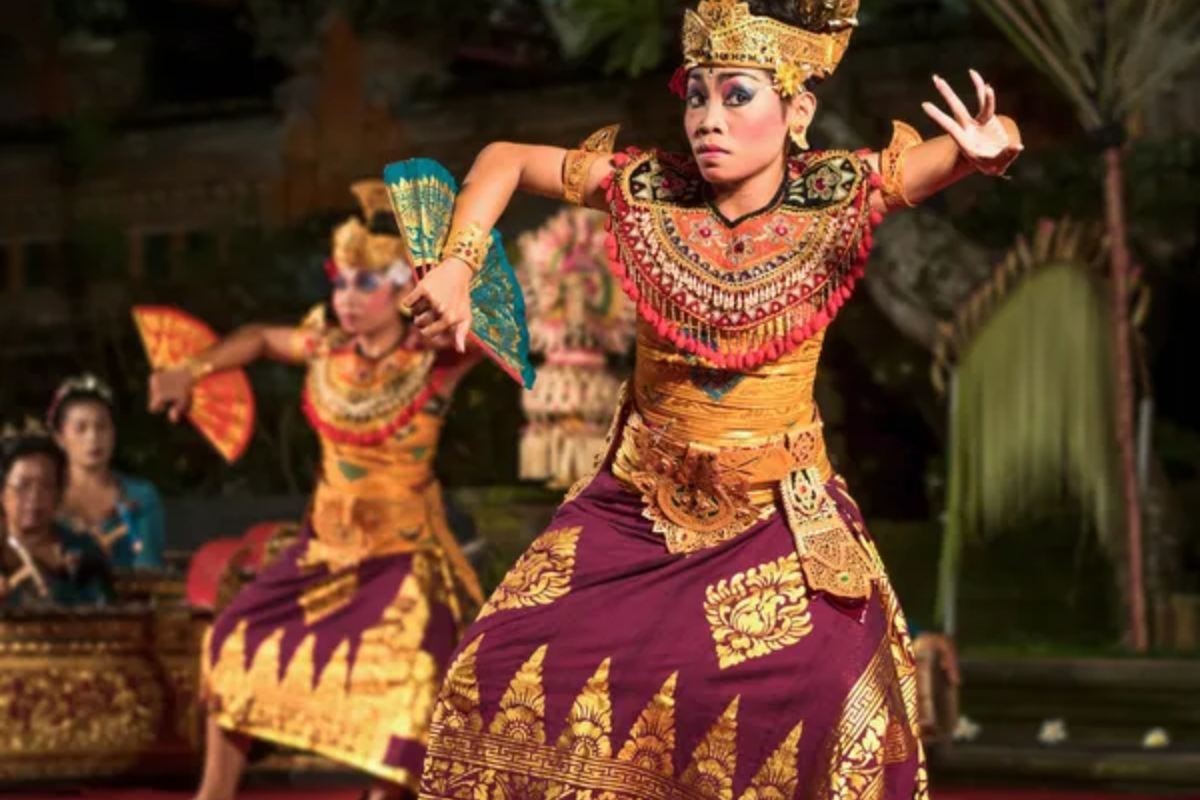
Bali practices a unique form of Hinduism that permeates daily life, evident in the countless temples, daily offerings (canang sari), and elaborate ceremonies that visitors encounter throughout the island. Fiji embraces Indigenous Melanesian and Polynesian traditions mixed with Indian influences, resulting in distinct village-based social structures where the communal kava ceremony often welcomes visitors into local communities.
Language Landscape
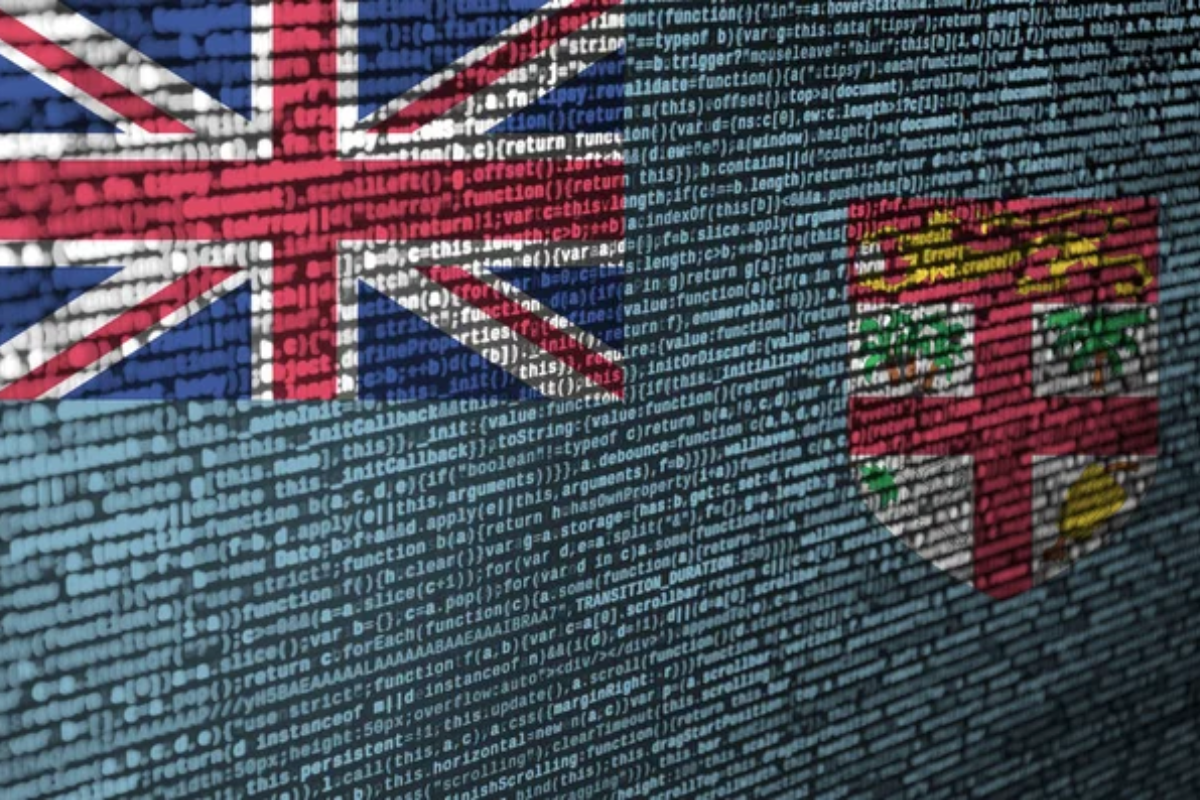
Balinese and Bahasa Indonesia dominate on the Island of Gods, though English proficiency varies widely, with stronger language skills in tourist areas and more limited communication options in rural regions. Fijian and Hindi serve as Fiji’s official languages alongside English, which is widely spoken throughout the major tourist areas and forms the foundation of most visitor interactions, making communication generally easier for English-speaking travelers.
Accessibility and Flight Times
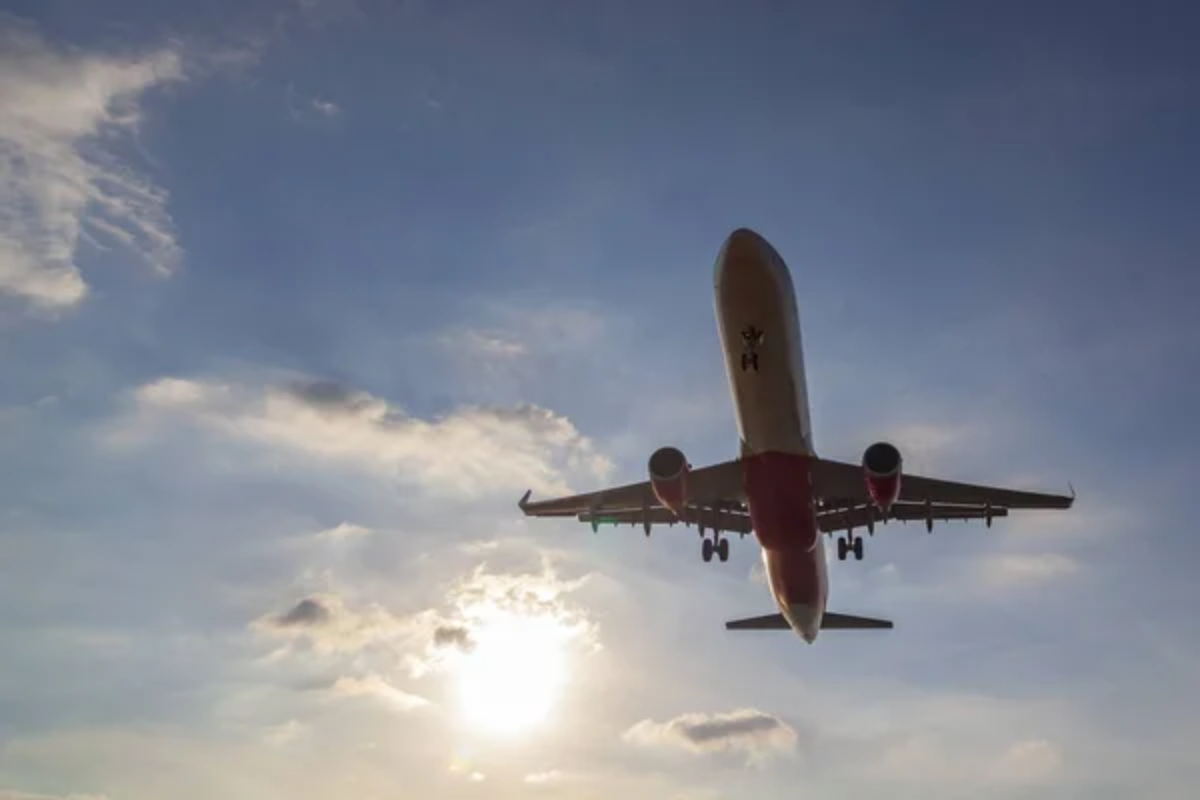
Bali requires significant travel time for Western visitors, with flights from Los Angeles taking approximately 22+ hours and European journeys often exceeding 16 hours with multiple connections. Fiji involves similarly lengthy travel for many international visitors yet offers direct flights from Los Angeles (about 11 hours) and serves as a more manageable stopover between North America and Australia/New Zealand, potentially creating more convenient routing options depending on your starting point.
Like Travel Pug’s content? Follow us on MSN.
Accommodation Styles
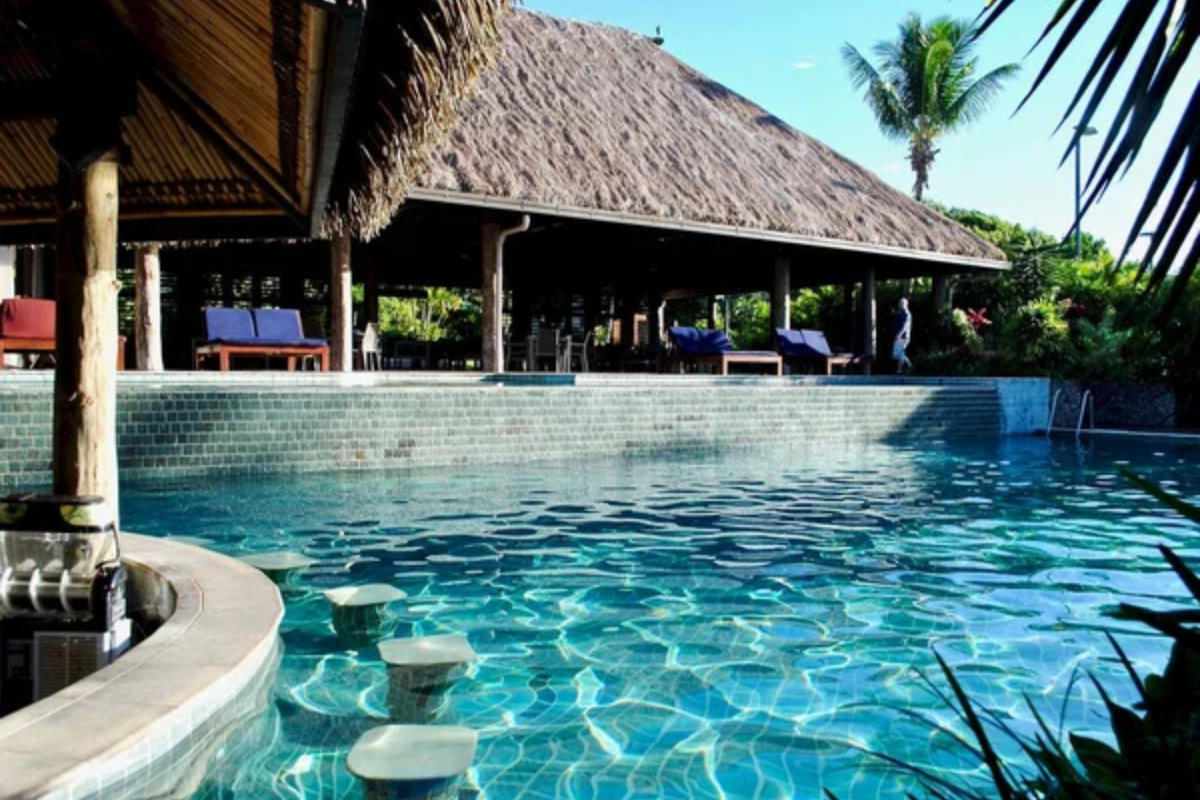
Bali offers incredible variety, from lavish cliffside villas in Uluwatu to boutique hotels in Ubud’s rainforests, private compounds throughout Seminyak, and budget-friendly homestays across the island. Fiji specializes in isolated luxury resorts often occupying their private islands, where all-inclusive packages predominate and overwater bungalows (rare in Bali) create iconic accommodation experiences with direct lagoon access.
Cost Considerations

Bali provides exceptional value across all budget levels, with luxury experiences available at midrange prices by Western standards and budget options that stretch dollars remarkably far for thrifty travelers. Fiji commands premium prices, particularly at its signature private island resorts, where isolation necessitates all-inclusive pricing models, making it significantly more expensive than Bali for comparable quality experiences and amenities.
Beach Experiences
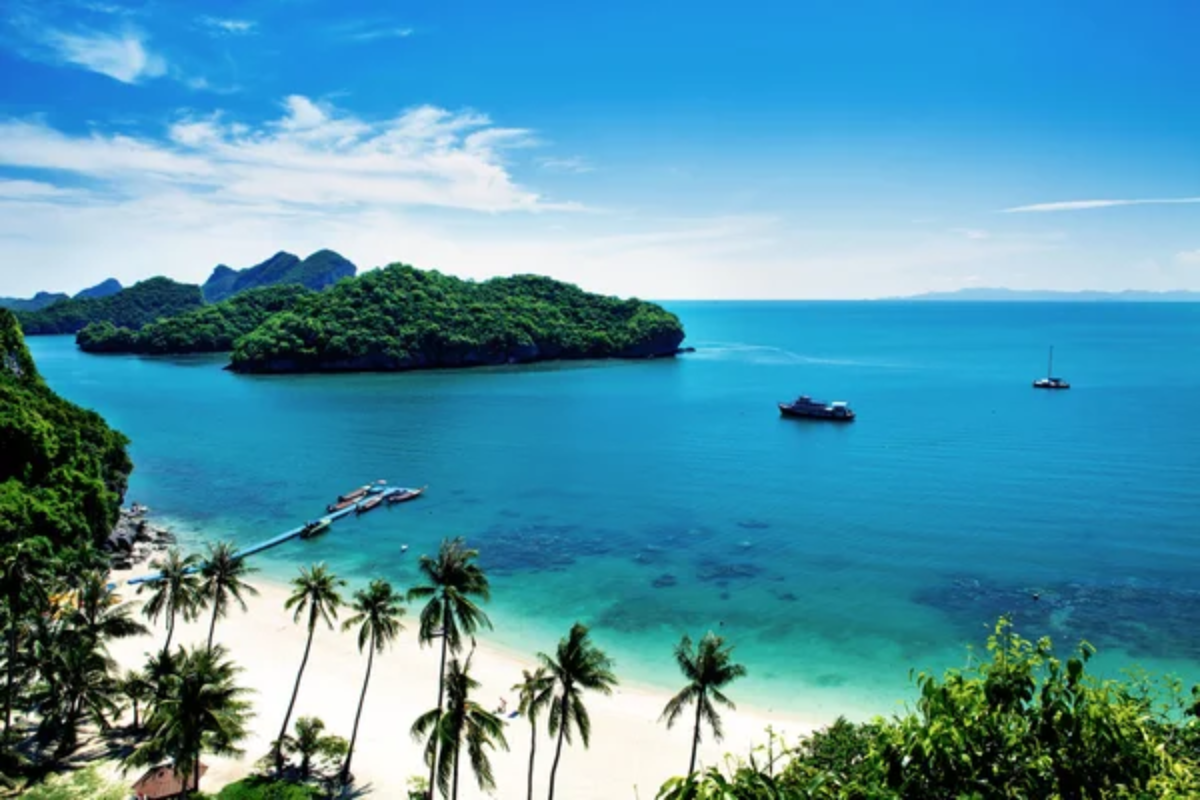
Bali features dramatic beaches with powerful surf breaks, volcanic black sand shores in some regions, and increasingly crowded coastlines, particularly in southern areas like Kuta and Seminyak. Fiji dazzles with pristine white sand beaches, calm turquoise lagoons protected by barrier reefs, and far fewer crowds, even at popular locations, creating more consistently idyllic swimming and relaxation conditions.
Like Travel Pug’s content? Follow us on MSN.
Marine Environments
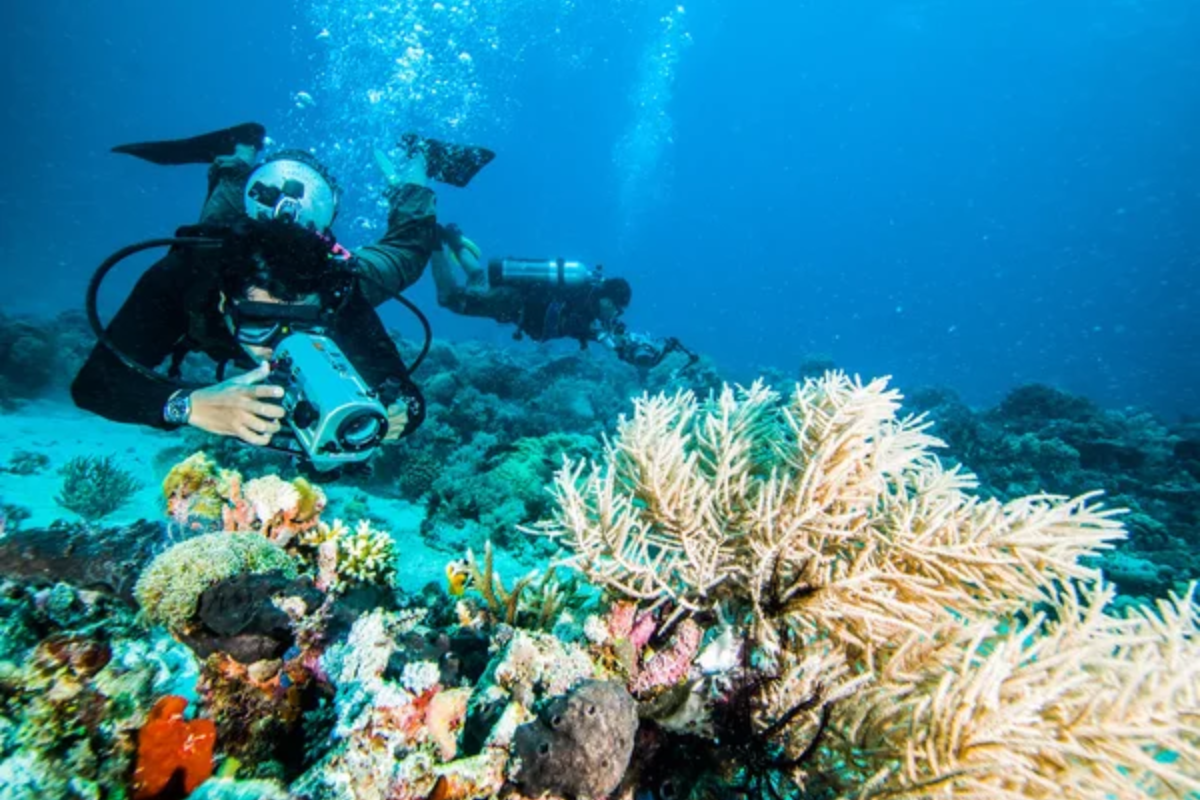
Bali offers good snorkeling and diving opportunities, especially around Menjangan, Amed, and Nusa Penida, though some areas suffer from over-tourism impacts and seasonal marine debris. Fiji boasts world-class marine environments with exceptional biodiversity, healthy coral systems, and visibility often exceeding 98.4 feet, earning its reputation as the ‘Soft Coral Capital of the World’ and providing superior underwater experiences.
Weather Patterns
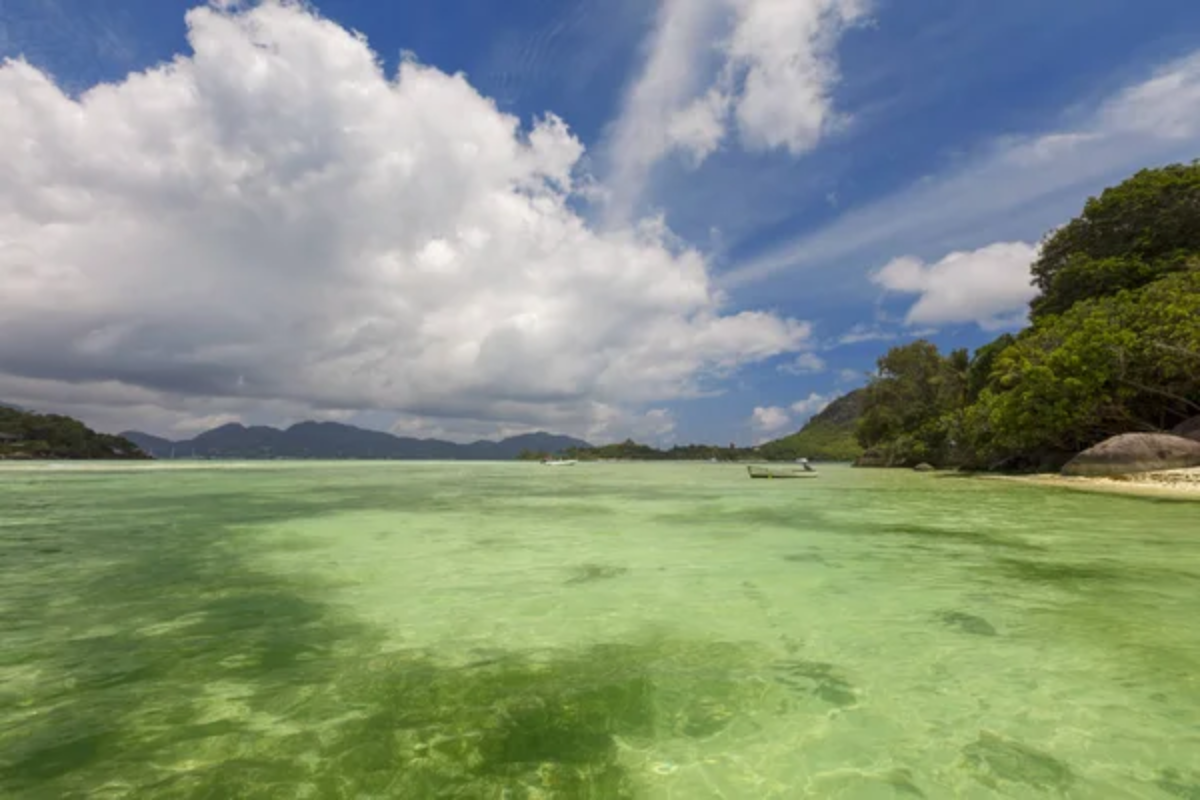
Bali maintains a fairly consistent tropical climate, with temperatures typically ranging between 73-91°F year-round. A distinct rainy season from November to March brings afternoon showers.
Fiji enjoys similar tropical warmth, with temperatures averaging 73-88°F, but faces a more pronounced cyclone season between November and April, creating slightly higher weather-related risks during those months.
Interior Landscapes
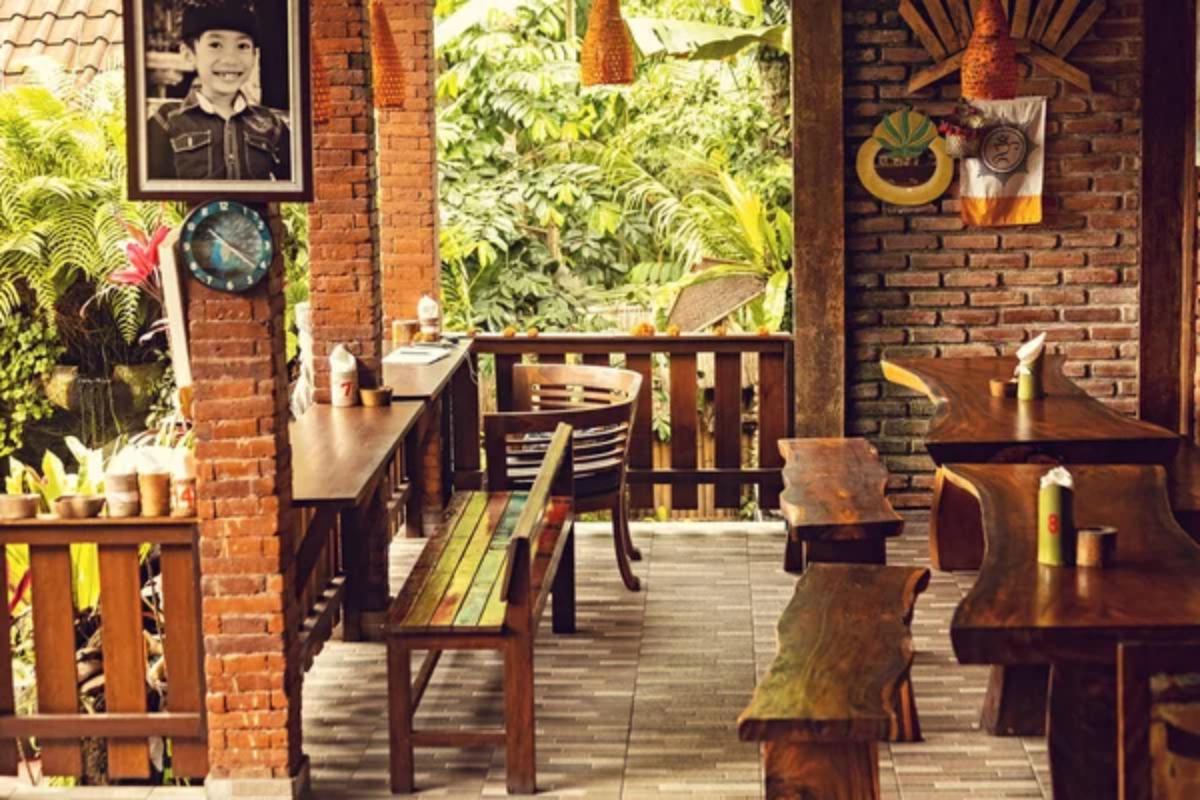
Bali is captivated by dramatic volcanic landscapes, terraced rice fields cascading down hillsides, river valleys with dense tropical vegetation, and central mountain ranges that create diverse microclimates across the island. Fiji features lush rainforests, impressive waterfalls, and volcanic highlands on its larger islands, though with less accessibility and developed viewing points than Bali’s well-established interior attractions.
Like Travel Pug’s content? Follow us on MSN.
Dining Experiences
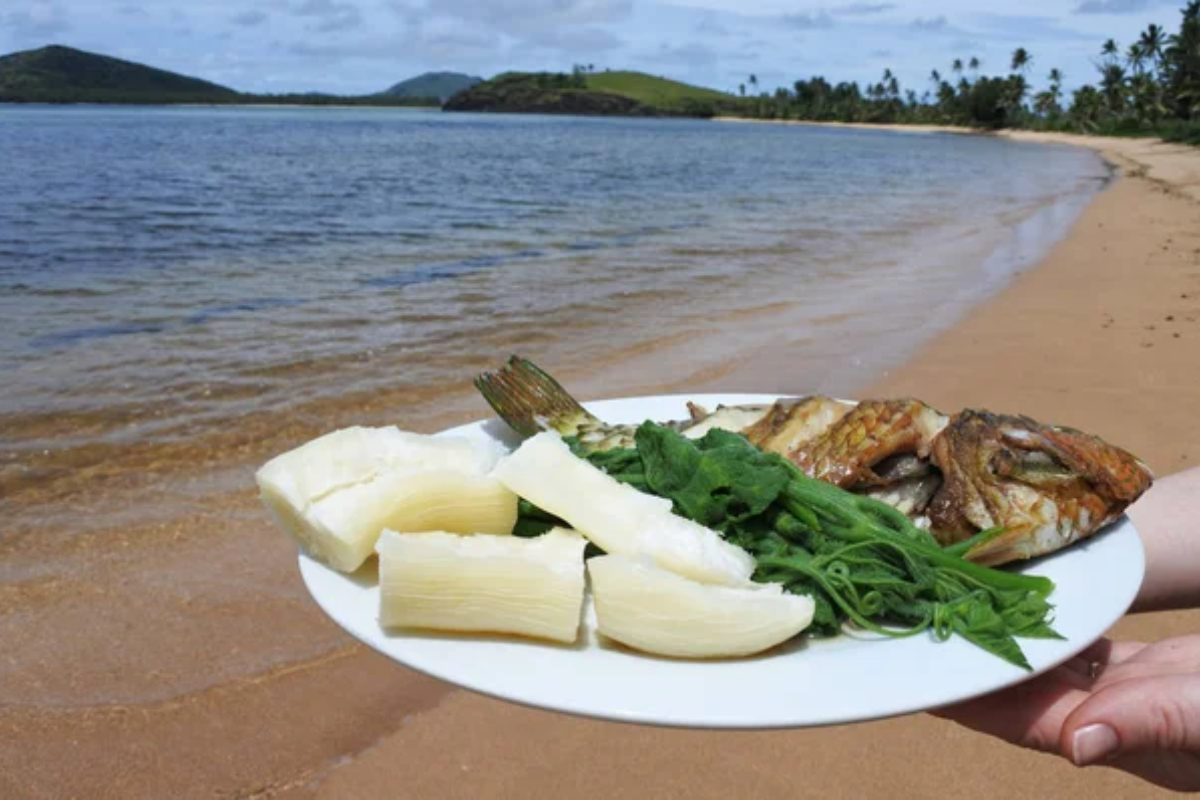
Bali has developed a sophisticated international dining scene alongside its traditional warungs, with world-class restaurants, trendy cafés, and extensive health-focused options concentrated in areas like Seminyak, Canggu, and Ubud. Fiji focuses primarily on resort dining with a heavy emphasis on seafood and tropical ingredients, offering fewer independent restaurant options due to the isolated nature of many accommodations and less developed food tourism infrastructure.
Nightlife Options
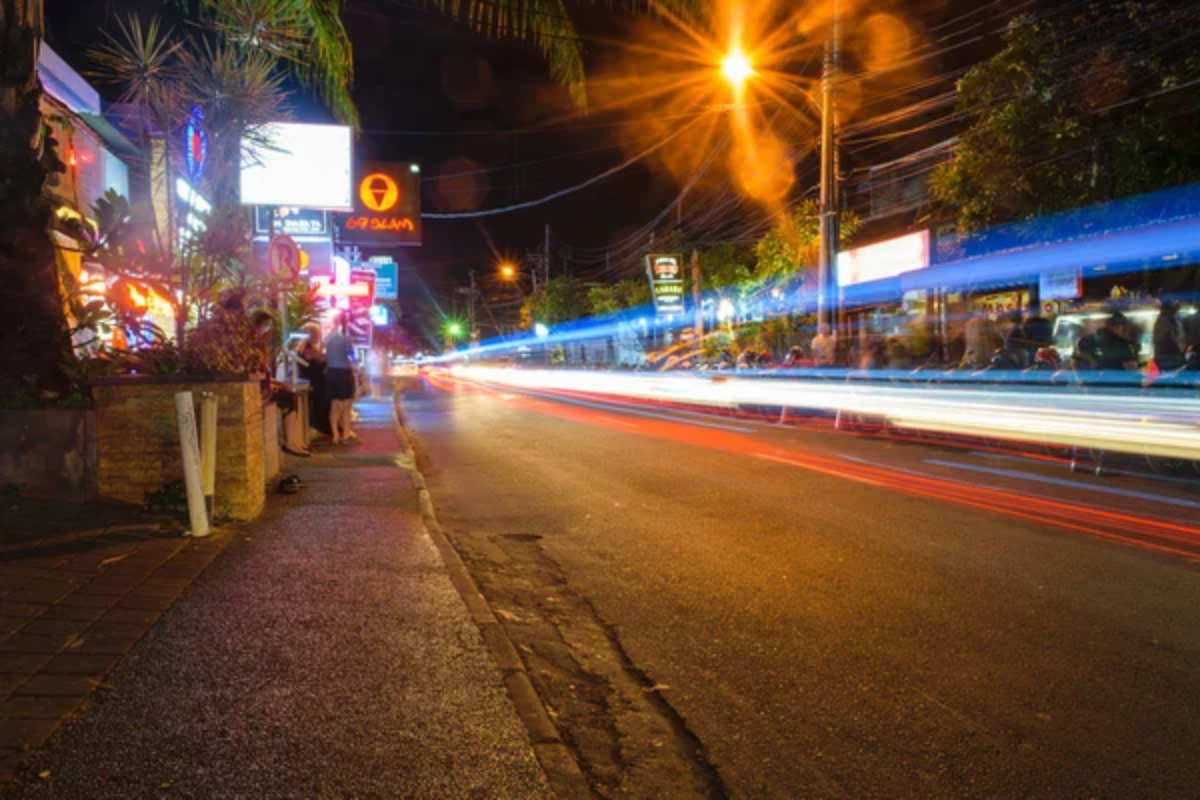
Bali pulses with vibrant nightlife, featuring beach clubs in Seminyak, underground music venues in Canggu, sunset bars in Uluwatu, and countless options for evening entertainment across developed areas. Fiji embraces a much quieter evening atmosphere centered around resort-based entertainment, traditional dance performances, and low-key bars rather than clubs, with minimal independent nightlife options outside of the main island’s few cities.
Wellness Culture

Bali has evolved into a global wellness hub with hundreds of yoga studios, meditation centers, sound healing facilities, holistic health services, and specialized retreats attracting dedicated wellness travelers. Fiji incorporates wellness primarily through resort spa facilities featuring traditional Fijian massage techniques and beauty treatments, without the comprehensive wellness infrastructure and specialized facilities found throughout Bali.
Like Travel Pug’s content? Follow us on MSN.
Digital Connectivity

Bali offers excellent internet connectivity in most tourist areas, with fiber optic infrastructure in commercial centers, widespread coworking spaces, and a thriving digital nomad community leveraging these resources. Fiji provides functional but significantly slower internet connections, mainly through resort WiFi networks, with more limited connectivity on outer islands and fewer facilities for remote work requirements.
Beyond the Brochures
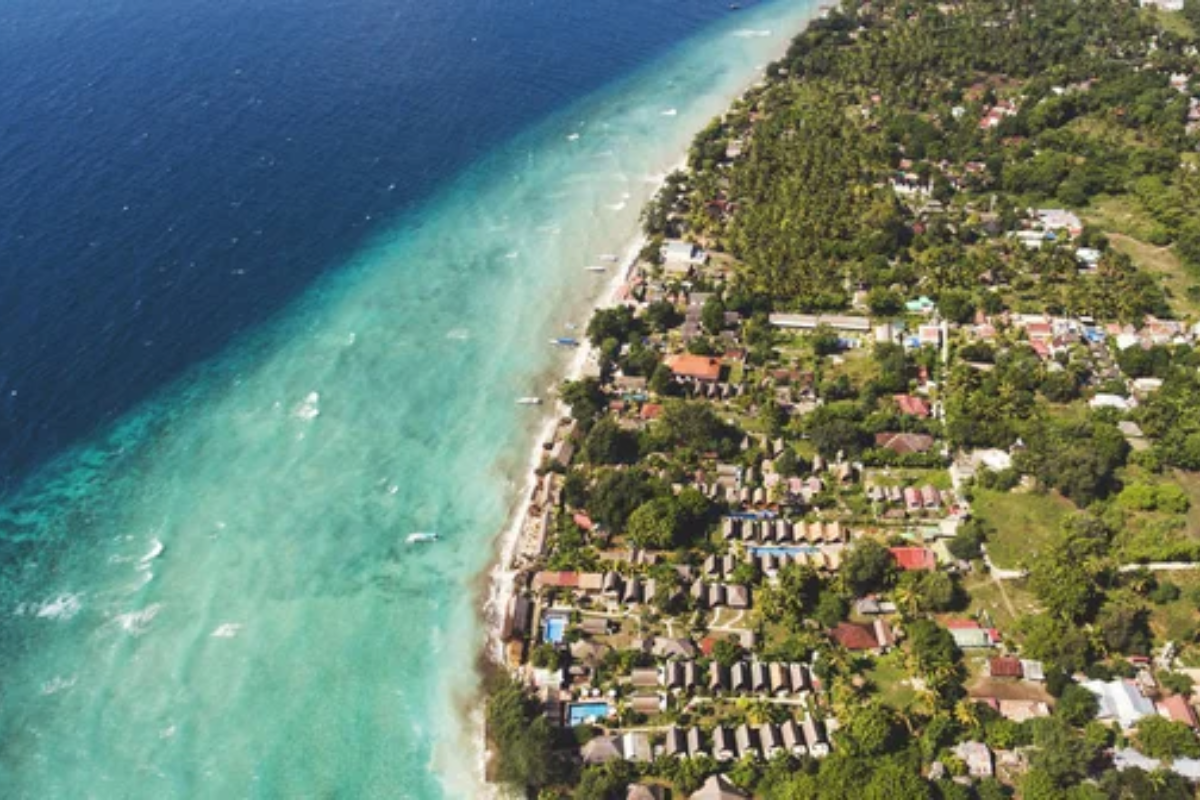
These iconic island destinations each offer distinctive experiences shaped by their geography, culture, and development patterns. Bali delivers a vibrant mix of cultural immersion, culinary adventures, interior exploration, and increasingly cosmopolitan attractions alongside its beaches.
Fiji provides a more quintessential South Pacific experience focused on marine activities, resort relaxation, and cultural interactions within a less developed, more traditionally tropical island setting. Your perfect paradise ultimately depends on which aspects of the tropical dream resonate most with your personal travel preferences.
More from Travel Pug

- 20 Towns Built for One Purpose That Were Later Abandoned
- 15 Hidden Spots in Disney World’s Magic Kingdom Most Visitors Miss
- 20 Once-Popular Beach Towns That Are Now Ghostly Empty
- 15 Canyons in the U.S. That Are Just as Stunning as the Grand Canyon
- 10 Under-the-Radar Mountain Towns That Are Both Affordable and Beautiful
Like Travel Pug’s content? Follow us on MSN.
